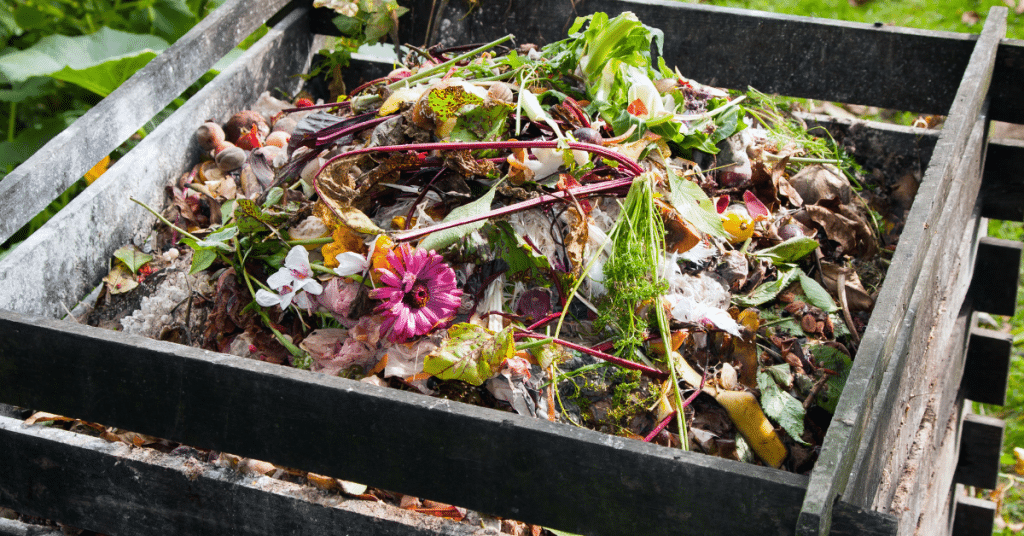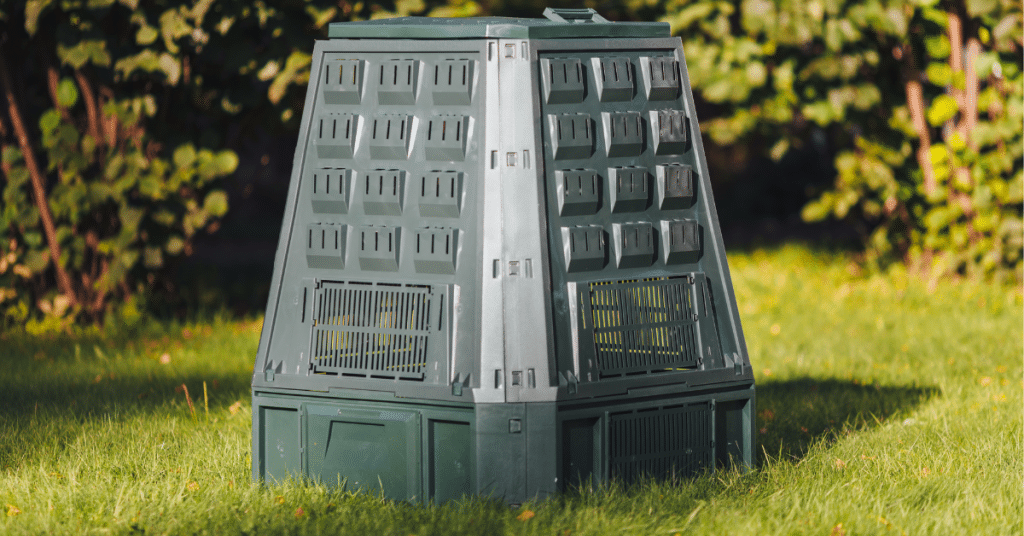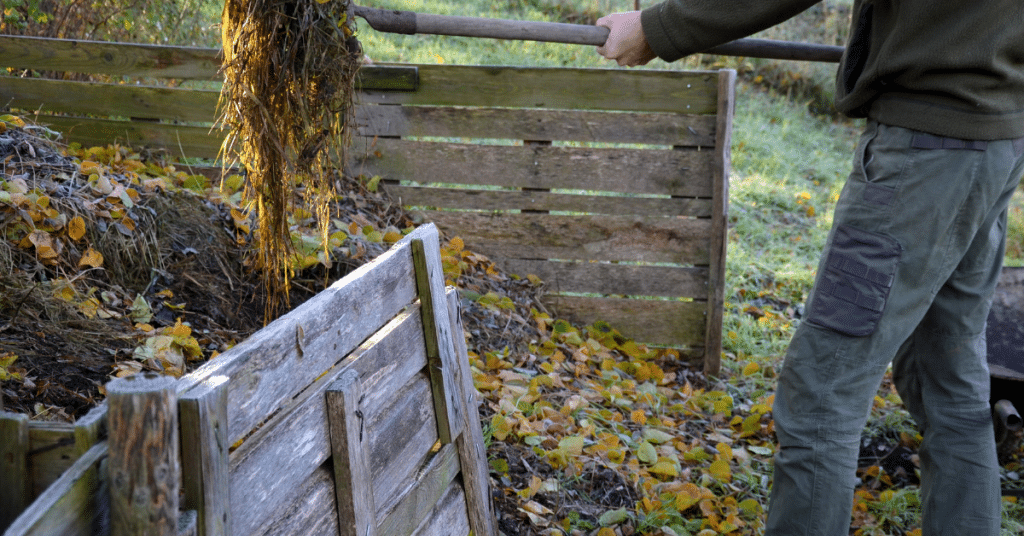
The Basics of Organic Composting
Are you a beginner gardener eager to discover the secret behind lush, thriving plants and a flourishing garden? Look no further! Organic Composting is the key to unlocking the true potential of your garden, and in this beginner's handbook, we'll explore the fascinating world of organic composting together.
Why Organic Composting Matters
Imagine a magical elixir that nourishes your plants and benefits the environment. That's precisely what organic composting offers. It's a natural process of recycling organic matter into nutrient-rich compost that enriches soil organic matter and helps plants grow stronger and healthier. By diverting kitchen scraps and yard waste from landfills, you also reduce waste and contribute to a greener planet while saving money.
Discover the Benefits of Organic Composting
Organic composting goes beyond providing essential nutrients to your plants. It helps improve soil structure, allowing for better water retention and drainage. It promotes beneficial microbial activity, fostering a healthy ecosystem underground. When you embrace organic composting, you minimize the use of chemical fertilizers, reducing the risk of environmental pollution. Plus, recycling organic waste into valuable compost saves money on commercial fertilizers while creating a sustainable garden.
Getting Started with Organic Composting
Ready to embark on your composting journey? The first step is understanding the essentials. To create a successful compost, you'll need three key components: organic matter, moisture, and air circulation. Organic matter includes kitchen scraps or food waste like fruit peels, coffee grounds, vegetable trimmings, and yard waste like leaves, grass clippings, and small branches.
When you have your composting materials, it's time to choose a composting process that suits your space and needs. You can opt for a traditional compost bin, a dedicated compost tumbler, plastic storage bins or even a worm composting system called vermiculture. Also, you can choose between home composting, cold composting or hot composting methods. Each method has advantages, so select the one that aligns with your gardening goals and available resources or compostable materials.

Once you have your composting method, it's time to start layering your compost materials. Imagine building a lasagna with alternating layers of “browns” and “greens.” Browns refer to carbon-rich materials like green materials, dried leaves, straw, or shredded paper, while green materials represent nitrogen-rich materials like kitchen scraps or fresh grass clippings. This layering creates a balanced compost pile that decomposes efficiently.
Remember, aeration is essential for the success of your compost piles. Think of it as providing fresh air to your compost microorganisms working to break down the organic matter. You can turn the pile periodically or use a compost aerator to ensure proper air circulation. Like us, compost organisms need air to thrive and do their job effectively.
By understanding the basics of organic composting and following these simple steps, you'll be well on your way to harnessing the incredible power of composting in your garden. The next section delves into the secrets of creating and maintaining a successful compost pile. Stay tuned!
Selecting Suitable Materials
Regarding composting, the variety of organic materials available is astonishing. From kitchen scraps to yard waste, a treasure trove of compostable items is waiting to be utilized. Kitchen scraps like vegetable peels, coffee grounds, and eggshells are excellent nitrogen sources. Yard waste, such as fallen leaves, grass clippings, and small branches, provides the necessary carbon. Remember, a successful compost pile requires balancing these “greens” and “browns.”
It's important to note that not all materials are suitable for composting. Avoid adding meat, dairy products, oily foods, or pet waste, as these can attract pests or introduce harmful pathogens. Stick to plant-based materials to ensure a healthy and productive compost.
Maintaining a Successful Organic Composting
Welcome back to our journey into the world of organic composting! Now that you understand the basics, let's dive into the secrets of creating and maintaining a successful compost pile. Get ready to unlock the full potential of your organic waste and witness the transformative power of composting.
Maintaining and Managing the Organic Compost
Congratulations! Your compost is alive and actively breaking down organic matter. To ensure its success, you need to perform a few key tasks.
Regularly turning the compost is crucial. This process helps to mix the materials, provides oxygen to the microorganisms, and speeds up decomposition. Use a garden fork or compost aerator to turn the pile every few weeks, moving the outer materials to the center and vice versa. This simple act of turning ensures that all the organic matter decomposes evenly.

Monitoring temperature and moisture levels is equally important. Your compost pile should ideally reach temperatures between 120°F and 160°F (49°C and 71°C) during the active decomposition phase. Use a compost thermometer to check the temperature. The decomposition process may be sluggish if too low, while excessively high temperatures can kill beneficial microorganisms. Adjust the moisture level as needed, ensuring the pile remains moist but not waterlogged.
If your compost isn't decomposing as quickly as you'd like, consider adding compost activators or inoculants. These products introduce beneficial microorganisms to the pile, speeding up decomposition. While they're unnecessary, they can boost your compost, especially when you're starting out.
Following these tips for creating and maintaining a successful compost pile, you're on your way to producing nutrient-rich compost that will supercharge your garden. The next section explores utilizing your finished compost to create healthy, thriving gardens. So, don't stop now-keep the composting magic going!
Organic Composting for Healthy Gardens and Beyond
Welcome to the final section of our organic composting journey! Now that you have a thriving compost, it's time to unlock the true potential of your hard work. In this section, we'll explore the various ways you can utilize your finished compost to create healthy, thriving gardens and even go beyond the boundaries of your backyard.
Harvesting and Using Finished Compost
After weeks of patiently tending to your compost, the magic has happened-the organic materials have transformed into rich, dark, crumbly compost. It's time to harvest and put this black gold to work!
To harvest your fresh compost, start by sifting it through a compost screen or using a pitchfork to remove large, unprocessed materials. The goal is to obtain a fine, uniform texture that will easily integrate into your garden soil.
Now, let's explore the multitude of ways you can use your rich compost:
- Soil Amendment: Incorporate compost into garden beds to enhance soil fertility and structure. Spread a layer of compost over the soil surface and gently work it into the top few inches. This improves soil moisture retention, drainage, and nutrient availability, creating the ideal environment for your plants to thrive.
- Compost Tea: Create a nutrient-rich liquid fertilizer by steeping a handful of compost in a bucket of water for a few days. Strain the liquid and use it to water your plants. Compost tea instantly boosts nutrients, promoting vigorous growth and overall plant health.
- Mulching: Apply a layer of compost around the base of your plants as a protective mulch. This helps to suppress weed growth, conserve soil moisture, regulate soil temperature, and slowly release nutrients into the root zone. It's like giving your plants a cozy blanket while nourishing them simultaneously.
- Container Gardening: Mix compost with potting soil to create a nutrient-rich growing medium for your container plants. The compost will provide a balanced blend of organic matter and essential nutrients, promoting healthy root development and robust growth.
- Seed Starting: Create a seed-starting mix by combining compost with vermiculite or perlite. This lightweight, well-draining mixture provides a perfect environment for seeds to germinate and develop into healthy seedlings.
Organic Composting for Other Purposes
Composting isn't just limited to the boundaries of your backyard garden. Its benefits extend far beyond, making it an excellent solution for various applications:
- Community Gardens: Composting can be implemented in community gardens to create a sustainable, closed-loop system. Encourage fellow gardeners to compost their organic waste, collectively building a nutrient-rich resource for the entire community garden.
- Urban Agriculture: Composting is vital in urban agriculture, where space is often limited. Utilize compost to enhance soil quality in rooftop gardens, vertical gardens, or community plots, transforming urban spaces into thriving green oases.
- Waste Reduction: Composting is an effective waste reduction strategy for businesses, institutions, and households. By diverting organic waste from landfills, composting minimizes environmental impact and contributes to a circular economy.
Troubleshooting Common Issues During Organic Composting
As you journey through the world of composting, you may encounter a few challenges. Here are some common issues and their solutions:
- Pests: If pests like flies or rodents are attracted to your compost pile, avoid adding meat, dairy, or oily food scraps. Ensure your compost is well-covered, and turn it regularly to discourage pests.
- Odors: Foul odors indicate an imbalance in your compost pile. Add more browns (carbon-rich materials) to absorb excess moisture and improve aeration. Turning the pile more frequently can also help eliminate odors.
- Slow Decomposition: Ensure proper moisture and aeration if decomposing your compost pile takes longer. Adjust the brown-to-green ratio, chop materials into smaller pieces, and consider using compost activators or inoculants to boost microbial activity.
Congratulations on completing your journey into the world of organic composting! By utilizing your finished compost wisely and exploring the broader applications of composting, you're benefiting your own garden and positively impacting the environment. So go forth, unleash the power of compost, and let your garden thrive like never before!
